Related Research Articles

Missouri is a state in the Midwestern region of the United States. Ranking 21st in land area,it is bordered by eight states:Iowa to the north,Illinois,Kentucky and Tennessee to the east,Arkansas to the south and Oklahoma,Kansas,and Nebraska to the west. In the south are the Ozarks,a forested highland,providing timber,minerals,and recreation. The Missouri River,after which the state is named,flows through the center and into the Mississippi River,which makes up the eastern border. With more than six million residents,it is the 19th-most populous state of the country. The largest urban areas are St. Louis,Kansas City,Springfield,and Columbia;the capital is Jefferson City.

The history of Missouri begins with settlement of the region by indigenous people during the Paleo-Indian period beginning in about 12,000 BC. Subsequent periods of native life emerged until the 17th century. New France set up small settlements,and in 1803,Napoleonic France sold the area to the U.S. as part of the Louisiana Purchase. Statehood for Missouri came following the Missouri Compromise in 1820 that allowed slavery. Settlement was rapid after 1820,aided by a network of rivers navigable by steamboats,centered in the City of St. Louis. It attracted European immigrants,especially Germans;the business community had a large Yankee element as well. The Civil War saw numerous small battles and control by the Union. After the war,its economy diversified,and railroads centered in Kansas City,opened up new farmlands in the west.

George Caleb Bingham was an American artist,soldier and politician known in his lifetime as "the Missouri Artist". Initially a Whig,he was elected as a delegate to the Missouri legislature before the American Civil War where he fought against the extension of slavery westward. During that war,although born in Virginia,Bingham was dedicated to the Union cause and became captain of a volunteer company which helped keep the state from joining the Confederacy,and then served four years as Missouri's Treasurer. During his final years,Bingham held several offices in Kansas City,while also serving as Missouri's Adjutant General. His paintings of American frontier life along the Missouri River exemplify the Luminist style.

Nathaniel Lyon was the first Union general to be killed in the American Civil War. He is noted for his actions in Missouri in 1861,at the beginning of the conflict,to forestall secret secessionist plans of the governor Claiborne Jackson.
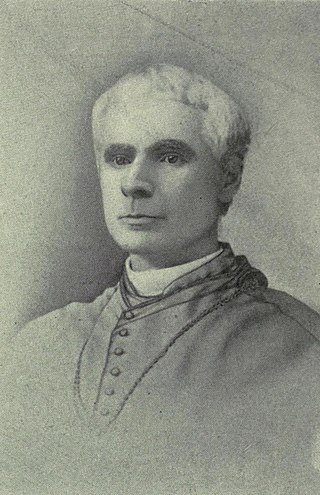
Bishop John Joseph Hogan was an Irish-born prelate of the Roman Catholic Church. He served as the first Bishop of the Diocese of Saint Joseph in Missouri and the first bishop of the Diocese of Kansas City in Missouri.

Herbert Spencer Hadley was an American lawyer and a Republican Party politician from St. Louis,Missouri. Born in Olathe,Kansas,he was Missouri Attorney General from 1905 to 1909 and in 1908 was elected the 32nd Governor of Missouri,serving one term from 1909 to 1913. As Attorney General,he successfully prosecuted Standard Oil Company for violating Missouri antitrust law. Entering the 1912 Republican convention,the Roosevelt and Taft forces seemed evenly matched,and Hadley was seen as a possible compromise candidate. While Taft was supportive of the idea,Roosevelt refused.
The Western Association was the name of five different leagues formed in American minor league baseball during the 19th and 20th centuries.

Thomas Clement Fletcher was the 18th Governor of Missouri during the latter stages of the American Civil War and the early part of Reconstruction. He was the first Missouri governor to be born in the state. The Thomas C. Fletcher House was listed on the National Register of Historic Places in 1974.

The United States District Court for the Western District of Missouri is the federal judicial district encompassing 66 counties in the western half of the State of Missouri. The Court is based in the Charles Evans Whittaker Courthouse in Kansas City.

During the American Civil War,Missouri was a hotly contested border state populated by both Union and Confederate sympathizers. It sent armies,generals,and supplies to both sides,maintained dual governments,and endured a bloody neighbor-against-neighbor intrastate war within the larger national war.
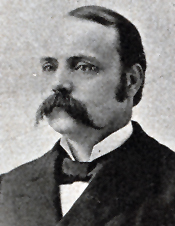
William Mitchellson Treloar was an American music professor,composer,music publisher,and U.S. Representative from Missouri.
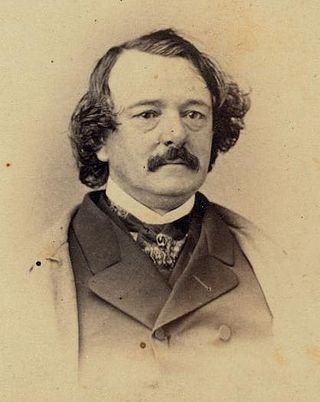
Henry Taylor Blow was a two-term U.S. Representative from Missouri and an ambassador to both Venezuela and Brazil.

Frank Leslie Hagaman was an American lawyer and politician. He served as the 30th lieutenant governor of Kansas and later as the 31st governor of Kansas.

Jay Holcomb Neff was a newspaper publisher and Mayor of Kansas City,Missouri from 1904 to 1906.
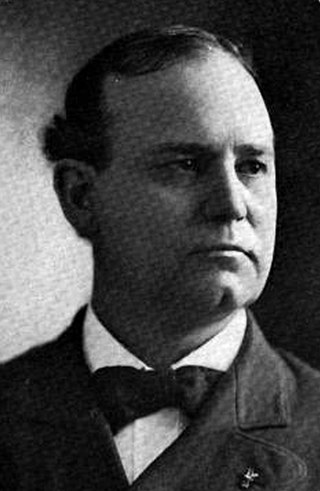
Webster Davis was a mayor of Kansas City,Missouri from 1894 to 1896 and was the Assistant Secretary of the Interior from 1897 to 1898.

Joseph Jackson Davenport was a lawyer,realtor and Mayor of Kansas City,Missouri in 1889. He moved to Kansas City from his native Saint Louis in about 1873,joining "the pork-packing business with J. E. McKenzie," and after his term as mayor entering real estate. Following his term a new city charter was implemented and terms were extended to two years.

Luther Martin Kennett was a U.S. Representative from Missouri and mayor of the City of St. Louis.
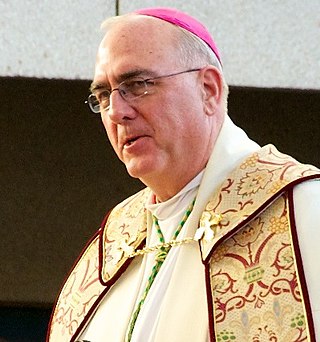
Joseph Fred Naumann is an American prelate of the Roman Catholic Church,serving as archbishop of the Archdiocese of Kansas City in Kansas since 2004. He previously served as an auxiliary bishop of the Archdiocese of St. Louis in Missouri from 1997 to 2004.

Edward Lowe Martin was an American politician who served as the Mayor of Kansas City,Missouri. The town of Martin City was named in honor of him;and would eventually be incorporated into and become a neighborhood of Kansas City in 1963.
Robert Edwin Cowan was a Virginia lawyer and politician who served in the Virginia House of Delegates and the Virginia Secession Convention of 1861 and as a Confederate officer. After the American Civil War,he moved to Kansas City,Missouri,where he resumed his legal practice and was elected a judge before his death and burial in St. Louis.